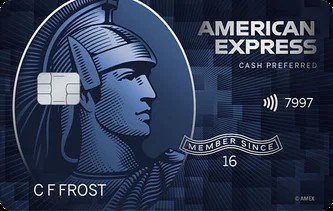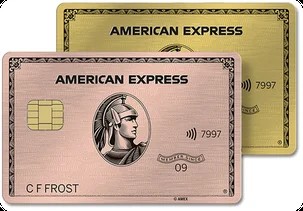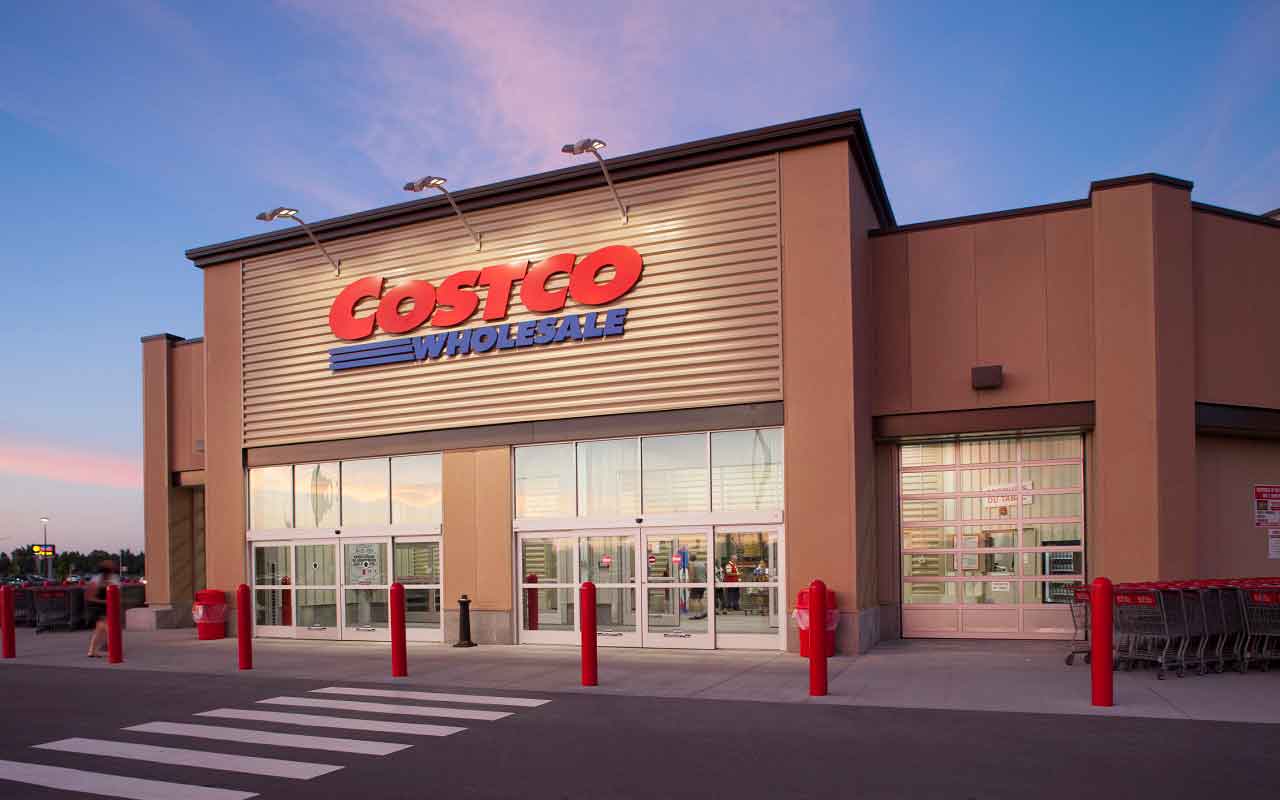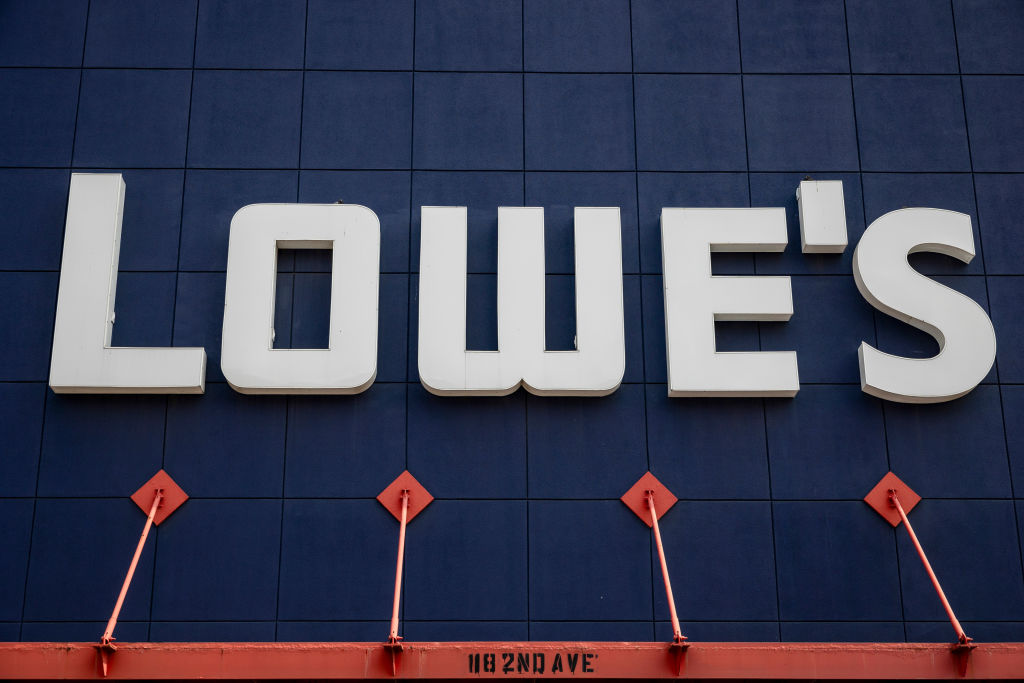Save on Your Grocery Shop by Maximizing Credit Card Rewards
With grocery bills continuing to rise, maximizing your cash back rewards can be a smart way to save. Here are some credit cards to consider.


Disclaimer
This article only reviews select credit cards with dining-out and grocery store rewards. We may get compensation if you visit partner links on our site. We may not cover every available offer. Our relationship with advertisers may impact how an offer is presented on our website. However, our selection of products is made independently of our relationship to advertisers. Bonus offers and rates checked as of February 7, 2025.
There are a variety of factors impacting our grocery prices. The bird flu has driven up egg costs significantly, prompting some restaurants, like Waffle House, to add a 50-cent surcharge per egg ordered. On top of that, inflation continues to take a bite out of budgets. The average American household now spends $270 weekly on groceries, or more than $1,000 per month. And if President Trump goes through with a raft of tariffs, produce costs could rise even more.
While we might not be able to do much about the prices aside from comparison shopping, there are ways you can still save on food at the store.
Use your card's cash back incentives
Some credit cards (listed below) offer cash back incentives on grocery or dining out purchases. By maximizing these to your advantage, you can earn a healthy cash back bonus that offsets some of the higher costs incurred.

Sign up for Kiplinger’s Free E-Newsletters
Profit and prosper with the best of expert advice on investing, taxes, retirement, personal finance and more - straight to your e-mail.
Profit and prosper with the best of expert advice - straight to your e-mail.
The key is to make sure these rewards work for you. Start by shopping for a credit card that helps you save on everyday purchases, like groceries, dining out or food delivery services, like Uber Eats. And make sure to pay off your balance every month, or else the interest you pay negates some of the incentives these cards offer.
With this in mind, here are a few cards that can help you save on food costs:
Blue Cash Preferred® Card from American Express

The Blue Cash Preferred® Card from American Express helps you save at U.S. supermarkets by offering 6% cash back on the first $6,000 charged and 1% back after exceeding this limit. If you charge $50 weekly in groceries, you would earn an annual cash back reward of $156, according to The Points Guy. The only exclusions apply to big-box retailers like Walmart and Costco.
The card features a $250 statement credit you can earn by charging at least $3,000 in the first six months. A tip: Usually I'll just alter my spending and charge everything to a new card from utilities to regular shopping trips to make sure I'm hitting that intro bonus. It's essentially free money for everyday purchases you were going to make, as long as you pay off the statement balances.
There is an annual fee of $95, $0 intro annual fee for the first year. Even still, with the savings you'll gain on groceries, it can outweigh the annual fee and still help you save.
See rates and fees.
American Express® Gold Card

If you plan to spend a lot at the grocery store, the American Express® Gold Card is a great fit. You'll earn four points for every dollar spent at U.S. supermarkets, with a $25,000 cap annually. If you exceed that amount, your rewards after $25,000 are one point per dollar charged.
You'll also earn four points per dollar on restaurants worldwide, with an annual cap of $50,000. Once you reach the $50,000 threshold, the rewards revert to one point per dollar charged. The Points Guy notes the grocery and dining out benefits equal up to 8% cash back, based on their valuations.
And you can earn 60,000 bonus points after charging $6,000 in the first six months of opening the account. This is a value of up to $1,200.
The only drawback is there's an annual fee of $325. However, the higher caps on dining out and groceries makes this card a must-have for foodies.
The bottom line
Food prices continue to rise due to the bird flu, inflation and possible tariffs coming down the road. While you can't do much to control food costs on their own, having the right credit card can cushion some of those higher expenses.
These credit cards come with generous cash back incentives at supermarkets to help you save more on everyday goods. And you can save even more by meeting those intro bonuses.
Related Content
- Best and Worst Grocery Chains in the U.S.
- These Grocery Tips Can Save You Money
- The Best Cash Back Credit Cards
Disclaimer
As an independent publication dedicated to helping you make the most of your money, the article above is our view of the best deals and is not the opinion of any entity mentioned such as a card issuer, hotel, airline etc. Similarly, the content has not been reviewed or endorsed by any of those entities.
Get Kiplinger Today newsletter — free
Profit and prosper with the best of Kiplinger's advice on investing, taxes, retirement, personal finance and much more. Delivered daily. Enter your email in the box and click Sign Me Up.

Sean is a veteran personal finance writer, with over 10 years of experience. He's written finance guides on insurance, savings, travel and more for CNET, Bankrate and GOBankingRates.
-
 Should You Get Auto or Home Insurance Through Costco?
Should You Get Auto or Home Insurance Through Costco?Costco members can access discounted insurance through Connect by American Family — but is it really a better deal?
By Paige Cerulli Published
-
 Stock Market Today: Uncertainty Proliferates: Dow Loses 1,014 Points
Stock Market Today: Uncertainty Proliferates: Dow Loses 1,014 PointsWeaker-than-expected consumer inflation data wasn't enough to stabilize sentiment during another volatile day for financial markets.
By David Dittman Published
-
 Zelle App Shut Down? Why Zelle Has Discontinued Its App
Zelle App Shut Down? Why Zelle Has Discontinued Its AppWith the Zelle app shut down, learn how you can still use Zelle and which other mobile payment apps you might want to consider.
By Paige Cerulli Published
-
 Use This 1-Year CD if You’ll Owe Taxes Next Year
Use This 1-Year CD if You’ll Owe Taxes Next YearA one-year CD allows you to set money aside now for taxes you'll owe next year. We'll show our best choice.
By Sean Jackson Published
-
 How to Lower Home Insurance Rates When Climate Change Increases Costs
How to Lower Home Insurance Rates When Climate Change Increases CostsA top insurer warns the damage climate change causes is making it cost-prohibitive for insurers in some areas. Learn how to protect your home and lower costs.
By Sean Jackson Published
-
 Stick to the Plan: Don't Panic During Economic Uncertainty
Stick to the Plan: Don't Panic During Economic UncertaintyTake a breath and step back. Focus on a solid fiscal foundation to stabilize your investments during stock market volatility.
By Eric Lahaie, CFS®, RICP® Published
-
 How Inflation Affects Your Finances and How to Stay Ahead
How Inflation Affects Your Finances and How to Stay AheadThe cost of goods and services is certain to rise over time, making it essential to have a financial plan that will help you keep pace.
By Kyle D. Sikes Published
-
 Now's a Great Time to Become a Financial Adviser: Here's Why
Now's a Great Time to Become a Financial Adviser: Here's WhyThere's a growing need for financial advisers. Why not take on a role that offers earning potential and work-life balance and helps change lives?
By John Roberts Published
-
 3 Ways to Stream The Masters and Save Money
3 Ways to Stream The Masters and Save MoneyIf you plan to stream The Masters and are looking for ways to save, we'll show you several options.
By Sean Jackson Published
-
 Lowe's Stores Closing All Locations for 24 Hours
Lowe's Stores Closing All Locations for 24 HoursLowe's will close all of its retail locations and contact center for one day in April.
By Sean Jackson Published